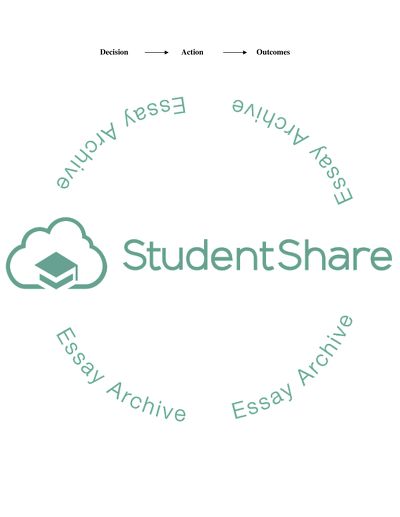Cite this document
(“Management and Decision Making Essay Example | Topics and Well Written Essays - 2750 words”, n.d.)
Management and Decision Making Essay Example | Topics and Well Written Essays - 2750 words. Retrieved from https://studentshare.org/sociology/1532475-management-and-decision-making
Management and Decision Making Essay Example | Topics and Well Written Essays - 2750 words. Retrieved from https://studentshare.org/sociology/1532475-management-and-decision-making
(Management and Decision Making Essay Example | Topics and Well Written Essays - 2750 Words)
Management and Decision Making Essay Example | Topics and Well Written Essays - 2750 Words. https://studentshare.org/sociology/1532475-management-and-decision-making.
Management and Decision Making Essay Example | Topics and Well Written Essays - 2750 Words. https://studentshare.org/sociology/1532475-management-and-decision-making.
“Management and Decision Making Essay Example | Topics and Well Written Essays - 2750 Words”, n.d. https://studentshare.org/sociology/1532475-management-and-decision-making.


